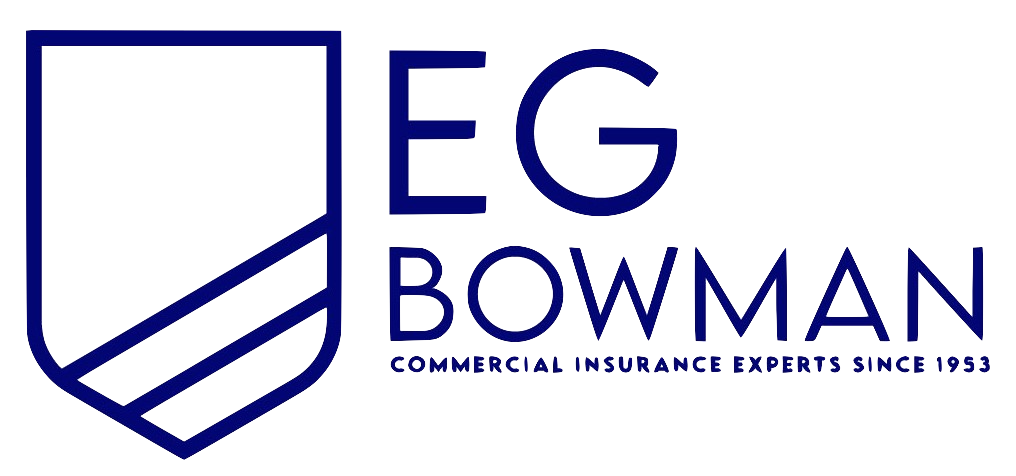Emergency Preparedness: Insurance Tips for Museums Facing Natural Disasters
See How We're Different
or call us: 212-425-8150
For cultural institutions, the mission to preserve and protect history is paramount. Yet, this mission faces significant threats from natural disasters. Events such as hurricanes, floods, earthquakes, and wildfires pose a direct danger not only to invaluable collections and historic buildings but also to the operational stability of the entire organization. For executive directors and boards, developing a comprehensive emergency preparedness strategy, with a robust insurance program at its core, is a fundamental responsibility of institutional stewardship.
A proactive approach to disaster planning does more than just satisfy a checklist; it builds institutional resilience. It ensures that when a catastrophic event occurs, the museum is equipped to respond effectively, minimize damage, and recover efficiently. This article will provide a detailed analysis of the essential insurance coverages for cultural institutions, outline key components of a successful emergency response plan, and offer actionable guidance for collaborating with insurance partners to safeguard your cultural preservation mission.
The Impact of Natural Disasters on Cultural Institutions
The consequences of a natural disaster extend far beyond immediate physical damage. A catastrophic event can disrupt every facet of a museum's operations, leading to long-term financial strain and reputational challenges. Understanding the full scope of these potential impacts is the first step in building an effective risk management framework.
The most visible impact is damage to the physical structure and the collections housed within. Historic buildings, which are often irreplaceable architectural assets themselves, may suffer structural damage that requires specialized and costly repairs. Collections are vulnerable to destruction from fire, impact, and water damage. The aftermath of Hurricane Katrina in 2005 served as a stark reminder of this, as numerous museums and cultural sites across the Gulf Coast sustained devastating losses to their collections and facilities.
Beyond the physical assets, a disaster can trigger severe operational and financial disruptions. Forced closure leads to a complete loss of admissions, event rentals, and retail revenue. At the same time, expenses continue to mount, including staff salaries, security, and the significant costs of damage assessment and restoration. Without a financial safety net, this combination of lost income and escalating costs can jeopardize an institution's long-term viability.
Essential Insurance Coverage for Disaster Preparedness
A standard commercial insurance policy is often insufficient to address the unique and complex risks faced by museums. A well-structured insurance program must include specialized coverages designed to protect both tangible assets and operational continuity. Decision-makers should work with their insurance advisors to ensure their portfolio includes the following key components.
Recent Post
Contact Information
Phone
212-425-8150
info@egbowman.com



